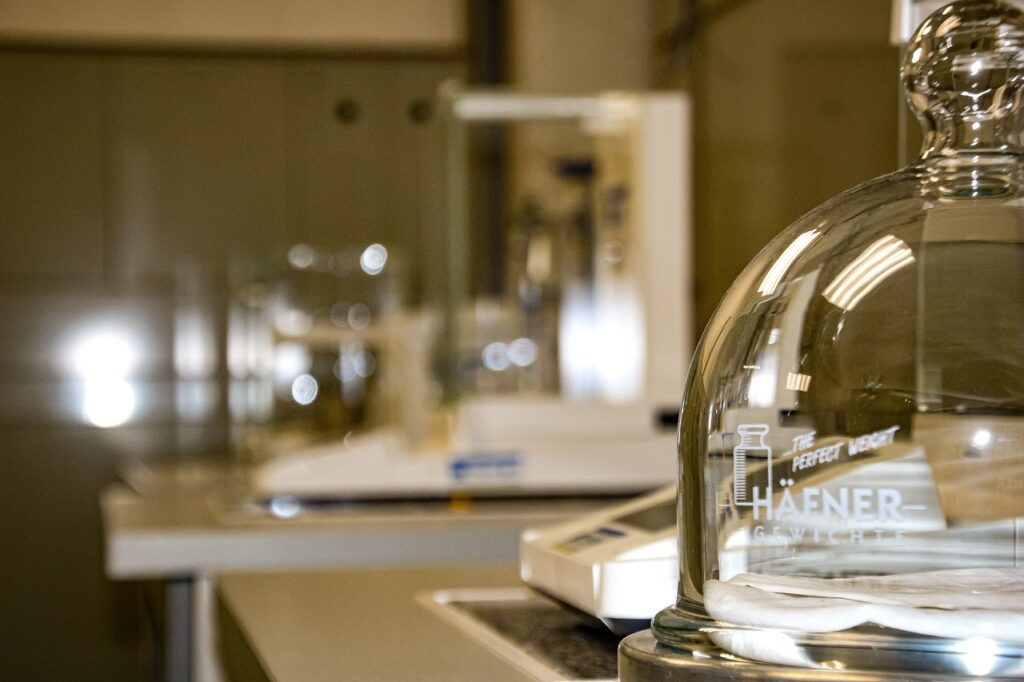In today’s fast-paced and ever-evolving world, precision and accuracy have become essential in various industries, such as manufacturing, engineering, and quality control. Metrology, the science of measurement, plays a crucial role in ensuring that products meet the required standards and specifications. However, with the advancements in technology, traditional metrology tools are now being challenged by their digital counterparts.
In this post, we will explore the differences between traditional and digital metrology tools to help you make an informed decision for your business needs.
Contents
Traditional Metrology Tools
Traditionally, metrology relied on manual techniques using basic measurement tools such as calipers, micrometers, gauges, and comparators. These tools have been used effectively for decades to measure length, diameter, thickness, height, and other physical parameters.
Limitations of Traditional Tools
Although traditional metrology tools have been widely used and have been successful over the years, they do have certain limitations. One of the main drawbacks is their accuracy and repeatability. Achieving precise measurements can be challenging due to human error and variations in interpretation from one operator to another.
Another limitation is the time-consuming nature of using manual techniques in industries like manufacturing. Measurements often require meticulous calculations and adjustments that can increase production time and lead to delays.
Additionally, traditional tools often lack the advanced capabilities needed to measure complex geometries or materials with varying properties. This can result in incomplete or inaccurate data, especially in high-precision industries. Furthermore, the reliance on manual operation makes these tools less efficient in high-volume production environments, where speed and consistency are crucial.
Digital Metrology Tools
With technological advancements came the emergence of digital metrology tools that address many of the limitations associated with traditional methods. Digital measuring devices include coordinate measuring machines (CMMs), laser scanners, vision systems, non-contact probe systems (e.g., laser micrometers), and photogrammetric systems (to measure shapes using photographs), among others.
Advantages of Digital Tools
Digital metrology tools offer numerous advantages over their traditional counterparts:
- Enhanced Accuracy: Digital tools use sensors and algorithms that provide highly precise measurements with minimal human intervention or errors.
- Efficiency: Automation reduces human intervention, eliminating manual calculations and adjustments, thus speeding up the measurement process.
- Repeatability: Digital tools offer better repeatability, ensuring consistent and reliable measurements regardless of operator expertise.
- Data Analysis: Digital tools typically come with software that allows for advanced data analysis, visualization, and integration with quality management systems.
- Flexibility: Digital metrology tools offer greater versatility in measuring complex shapes and geometries compared to traditional tools.
- Cost-Effectiveness: While digital tools may have a higher initial investment, their accuracy and efficiency can lead to cost savings over time.
Choosing the Right Tool for Your Needs
While digital metrology tools have several advantages over traditional ones, it is essential to assess your business needs before making a decision. Factors to consider include:
- Measurement Requirements: Evaluate the type of measurements required (length, dimensions, alignment, surface finish), as certain digital tools may be more suitable for specific applications than others.
- Work Environment: Consider factors such as temperature variation, vibrations, and dust or debris presence that may impact the performance of digital instruments.
- Operator Training: Assess the level of training required for using digital instruments effectively compared to traditional ones.
- Budget Allocation: Analyze your budget constraints for both initial investments and future maintenance costs.
Conclusion
In today’s competitive landscape, accuracy and efficiency are paramount in ensuring high-quality products. While traditional metrology tools have served us well over the years, digital metrology tools offer significant advances in accuracy, repeatability, speed, and data analysis capabilities. By carefully evaluating your specific requirements and considering factors such as measurement needs, work environment conditions, and budgetary constraints, you’ll be better equipped to choose between traditional and digital metrology tools that best suit your business needs.
Embracing these advancements can help drive continuous improvement initiatives while fulfilling quality control obligations efficiently. Together with these technologies’ robustness comes expert customer support that helps customers get the greatest benefit from these investments. So, take your time to evaluate various options and choose wisely for a brighter, smoother, and more precise future in metrology.

